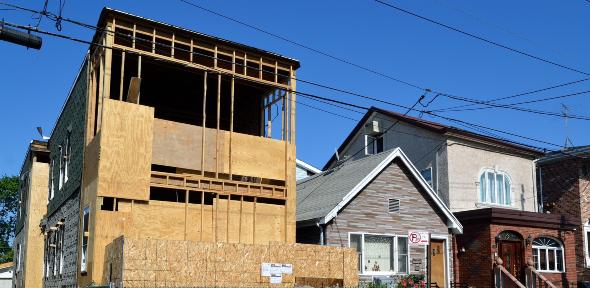
Cambridge engineers will join a new £6 million project exploring the extent to which the circular economy could meet the UK’s building needs – using zero new material extractions, with zero emissions and zero waste.
BuildZero, led by the University of Sheffield, and funded by the EPSRC, will be carried out in partnership with the Universities of Cambridge, Manchester and Bath, Cardiff University, and industrial collaborators.
The five-year project will develop a detailed vision of more sustainable building practices, considering the options for developing methods for building without extracting new resources, as well as eliminating waste and reducing carbon emissions from material extraction and production.
"We will improve our understanding of the physical features of our current building stock and develop tools to assist decision-making. This will allow us to anticipate how to best serve the future building needs and space solutions with minimal greenhouse gas emissions and resource use., " Dr André Cabrera Serrenho, Department of Engineering
BuildZero will assess the extent to which the vision for a circular economy is achievable at regional and national level and will provide a platform for demonstrating these solutions at scale. At Cambridge, Professor Jonathan Cullen and Dr André Cabrera Serrenho will be developing the most complete and open characterisation of the existing building stock in the UK, including physical features, ownership status and patterns of use.
Buildings and infrastructure are responsible for more than 40% of the UK’s carbon emissions, produce more than 60% of the UK’s waste, and consume approximately 50% of all extracted materials globally. So, to decarbonise construction, significant changes are required.
The circular economy is a widely recognised opportunity to reduce both resource consumption and carbon emissions. In a circular economy, materials are kept at the highest value possible, for example retrofitting buildings and repurposing buildings to extend their lifespans.
Department of Engineering full article
Image credit: ArtisticOperations

